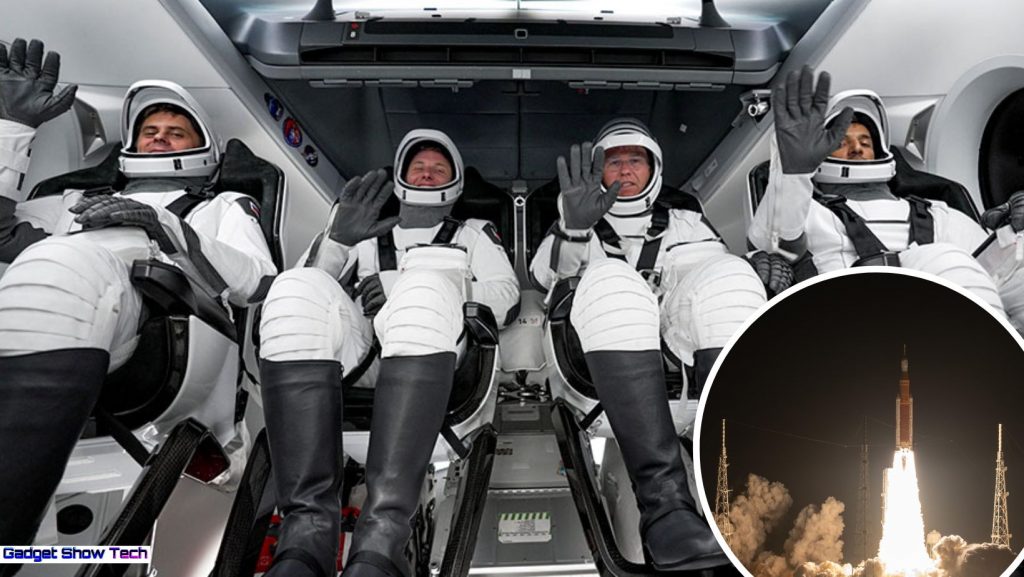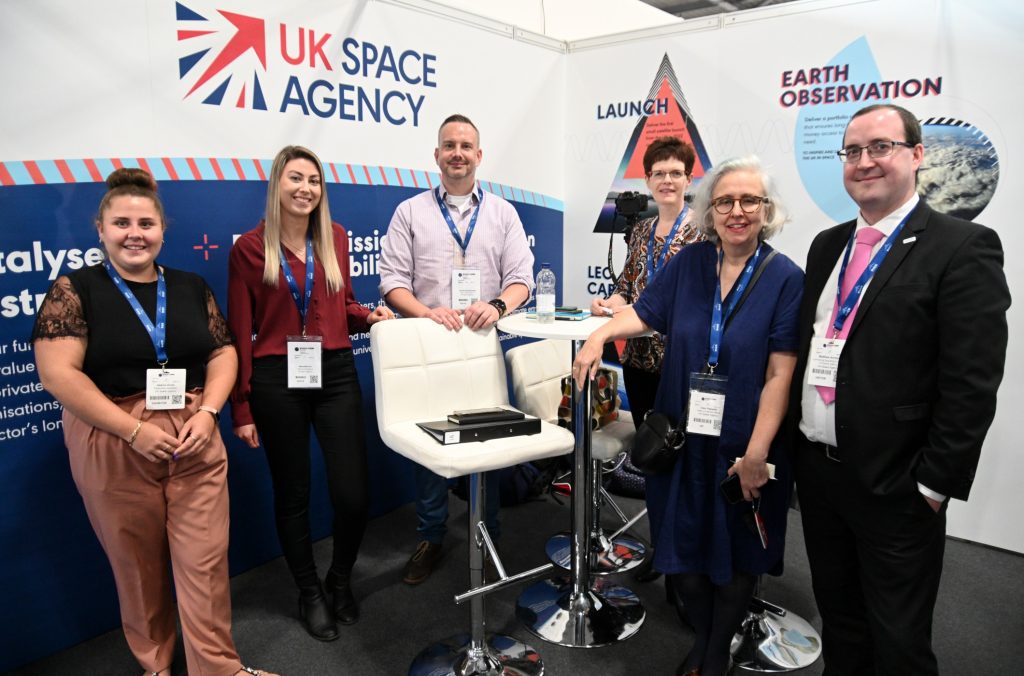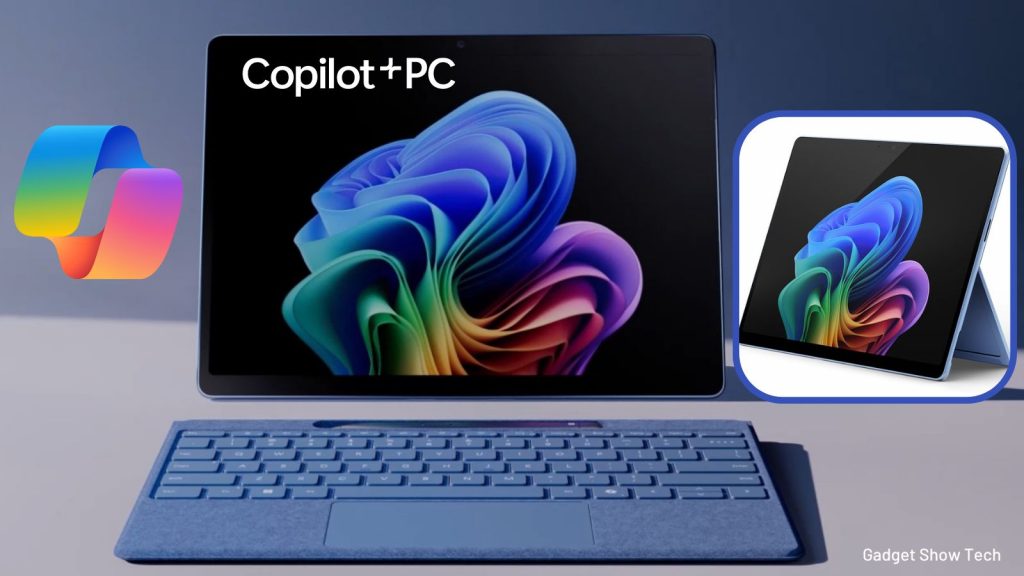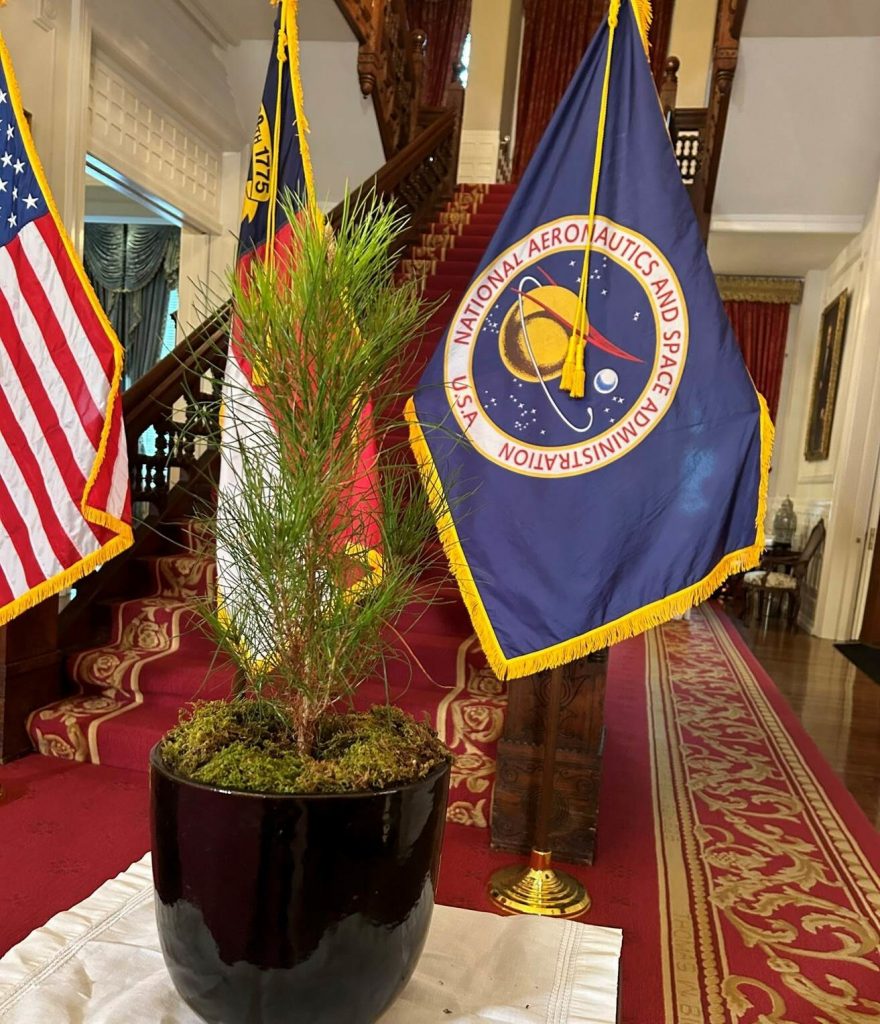On Friday, NASA astronauts Stephen Bowen and Woody Hoburg, along with UAE astronaut Sultan Alneyadi and Roscosmos cosmonaut Andrey Fedyaev, successfully arrived at the International Space Station aboard the SpaceX Dragon spacecraft, named Endeavour.
The Harmony Module docking process occurred at 1:40 a.m. EST while the station was situated 260 statute miles over the Indian Ocean near the east coast of Somalia.
The docking process encountered a slight delay due to a faulty docking hook sensor on Dragon. However, the mission teams resolved the issue by troubleshooting the problem and verifying that all of the docking hooks were correctly configured. Additionally, SpaceX created a software override for the defective sensor, enabling the docking process to proceed smoothly and without further complications.
This marks the agency’s sixth commercial crew rotation mission with SpaceX, and the international crew will conduct a science expedition aboard the orbital laboratory.
The Dragon spacecraft, named Endeavour, was propelled into orbit by a SpaceX Falcon 9 rocket carrying NASA astronauts Stephen Bowen and Warren Hoburg, United Arab Emirates (UAE) astronaut Sultan Alneyadi, and Roscosmos cosmonaut Andrey Fedyaev. The team will conduct over 200 experiments that will help prepare for missions to the Moon, Mars, and beyond, as well as improve life on Earth.
NASA Administrator Bill Nelson congratulated the NASA and SpaceX teams for their successful mission and highlighted the importance of American ingenuity and leadership in space for the benefit of all humanity. SpaceX will monitor the spacecraft manoeuvres from its mission control centre in Hawthorne, California, while NASA will monitor space station operations from the Mission Control Center at the Johnson Space Center in Houston.
Dragon is expected to dock autonomously at the space-facing port of the Harmony module of the International Space Station (ISS) on Friday, March 3, at approximately 1:17 a.m. NASA will provide live coverage of the docking and hatch opening on its website, NASA TV, and the NASA app. The ceremony to welcome the crew aboard the ISS will be broadcasted on NASA TV at around 3:40 a.m.
Crew-6 will join Expedition 68, which already consists of NASA astronauts Frank Rubio, Nicole Mann, and Josh Cassada, JAXA astronaut Koichi Wakata, and Roscosmos cosmonauts Sergey Prokopyev, Dmitri Petelin, and Anna Kikina. The 11 crew members will work together on the ISS for a brief period before Crew-5 members return to Earth a few days later.
Crew-6’s main focus will be conducting new scientific research that will help prepare for human exploration beyond low-Earth orbit and benefit life on Earth. The experiments will include studying the behaviour of materials burning in microgravity, researching the functions of the heart, brain, and cartilage using tissue chips, and collecting microbial samples from the outside of the space station. The crew will also conduct several other science experiments and technology demonstrations during their mission.
“For more than two decades, humans have continuously lived and worked aboard the International Space Station,” said Kathryn Lueders, associate administrator for NASA’s Space Operations Mission Directorate in Washington. “Commercial Crew Program missions like Crew-6 are essential so we can continue to maximize the important research possible only in the space station’s unique microgravity environment. Congratulations to the NASA and SpaceX teams on a successful launch! I am looking forward to seeing the crew safely aboard the station.”
The Crew-6 mission is an important step for NASA to maximize the use of the International Space Station (ISS), where astronauts have been living and working for more than 22 years. The ISS has been a crucial site for testing technologies, conducting scientific research, and developing the necessary skills for future commercial destinations in low-Earth orbit, as well as exploring farther from Earth.
The research carried out on the ISS has resulted in significant benefits for people on Earth and has paved the way for future long-duration missions to the Moon and beyond, such as NASA’s Artemis program. By conducting scientific experiments on the ISS, Crew-6 will help NASA prepare for future space exploration and enable the agency to achieve its long-term goals.
The Crew

This will be Bowen’s fourth trip into space as a veteran of three space shuttle missions: STS-126 in 2008, STS-132 in 2010, and STS-133 in 2011. Bowen has logged more than 40 days in space, including 47 hours, 18 minutes during seven spacewalks. As mission commander, he will be responsible for all phases of flight, from launch to re-entry. He will serve as an Expedition 68-69 flight engineer aboard the station.
Bowen was born in Cohasset, Massachusetts. He holds a bachelor’s degree in electrical engineering from the United States Naval Academy in Annapolis, Maryland, and a master’s degree in ocean engineering from the Joint Program in Applied Ocean Science and Engineering offered by Massachusetts Institute of Technology (MIT) in Cambridge, Massachusetts, and Woods Hole Oceanographic Institution in Falmouth, Massachusetts. In July 2000, Bowen became the first submarine officer selected as an astronaut by NASA.
The mission will be Hoburg’s first flight since his selection as an astronaut in 2017. As pilot, he will be responsible for spacecraft systems and performance. Aboard the station, he will serve as an Expedition 68-69 flight engineer.
Hoburg is from Pittsburgh. He earned a bachelor’s degree in aeronautics and astronautics from MIT and a doctorate in electrical engineering and computer science from the University of California, Berkeley. At the time of his selection as an astronaut, Hoburg was an assistant professor of aeronautics and astronautics at MIT. Hoburg’s research focused on efficient methods for design of engineering systems. He also is a commercial pilot with instrument, single-engine, and multi-engine ratings.
Alneyadi will be making his first trip to space, representing the Mohammed bin Rashid Space Center of the UAE. Alneyadi is the first UAE astronaut to fly on a commercial spacecraft. Once aboard the station, he will become a flight engineer for Expedition 68-69.
Fedyaev will be making his first trip to space, and also will serve as a mission specialist, working to monitor the spacecraft during the dynamic launch and re-entry phases of flight. He will be a flight engineer for Expedition 68-69.









You must be logged in to post a comment.